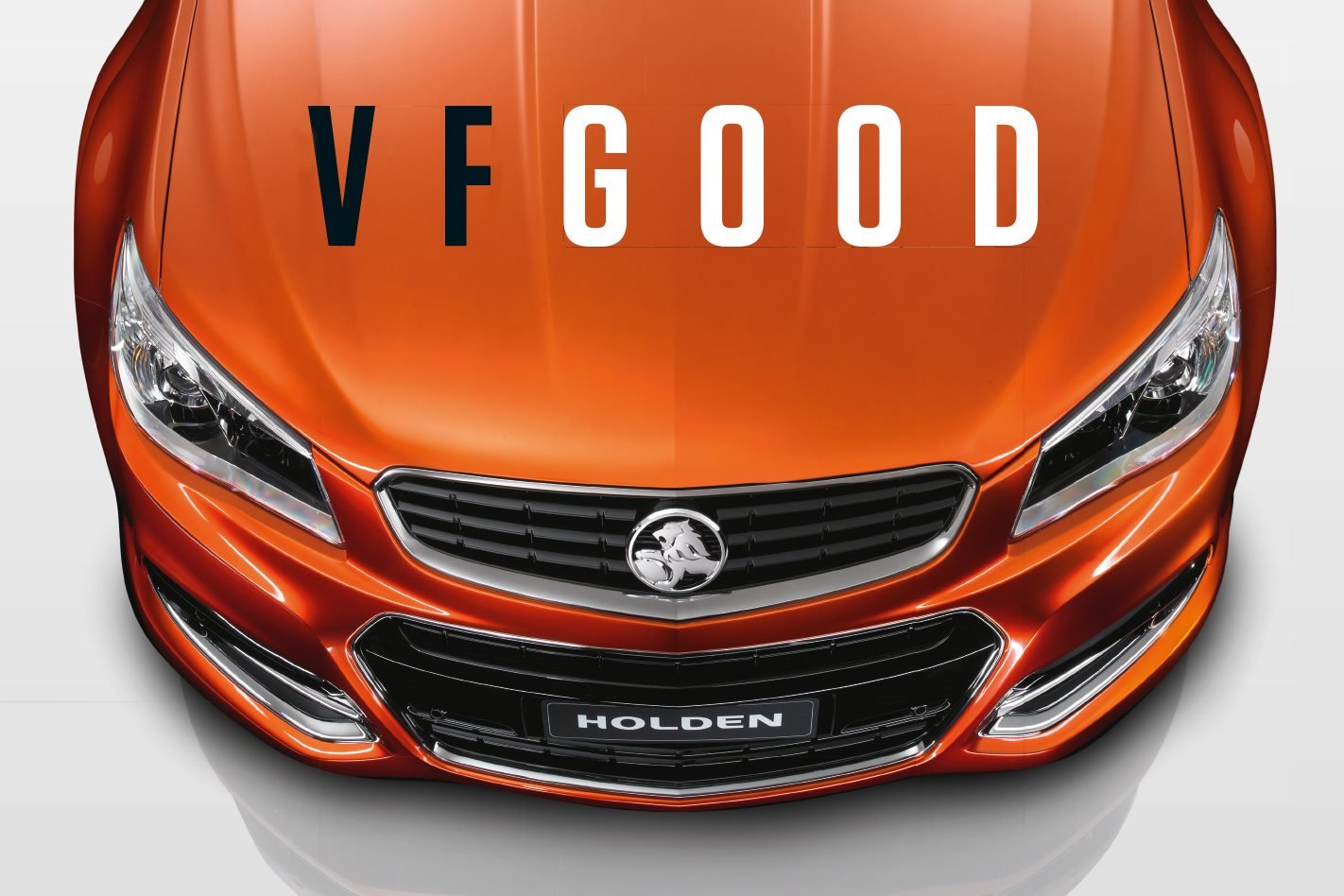THIS IS Holden’s VF Commodore, the long-awaited successor to the iconic VE.
The new VF makes its public debut – as the near-identical Chevrolet SS – during Speed Week at Daytona Beach, Florida, in late February and, simultaneously, as a Commodore at Sydney’s Eastern Creek Raceway.
The VF Commodore doesn’t go on sale until early June (and as a Chevy four months later), the importance of the race car versions to both brands dictating the early launch timing. The SS’s first race outing is at the Daytona 500, the year’s opening NASCAR race, on February 24, and this set the calendar. Which is why Holden plans a staggered launch, starting with a design reveal for the Calais V and SS V (but not the lower level models), without any engineering details, before a full line-up unveiling and launch drive in May.
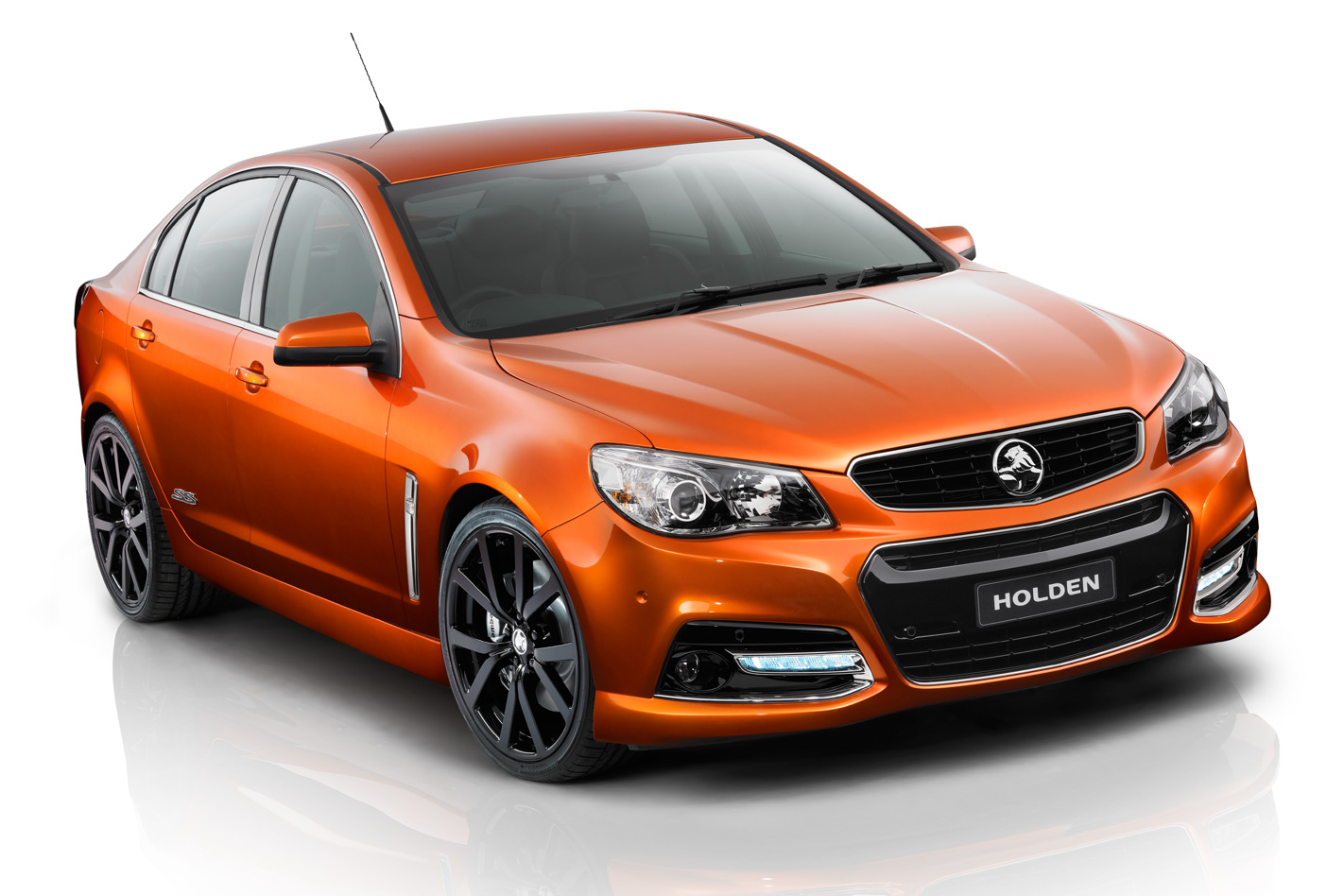
Holden admits the Commodore is quickly moving towards being a niche product and says the dealers, customers and the media need to understand that, in an era dominated by imports and the most competitive market on the planet, to do otherwise means being left behind.
VF aims to confirm and emphasise the Commodore’s ability to fulfil and laser-focus on two key and disparate roles – sports sedan and luxury sedan – without completely forgetting its third function as a bulk fleet car.
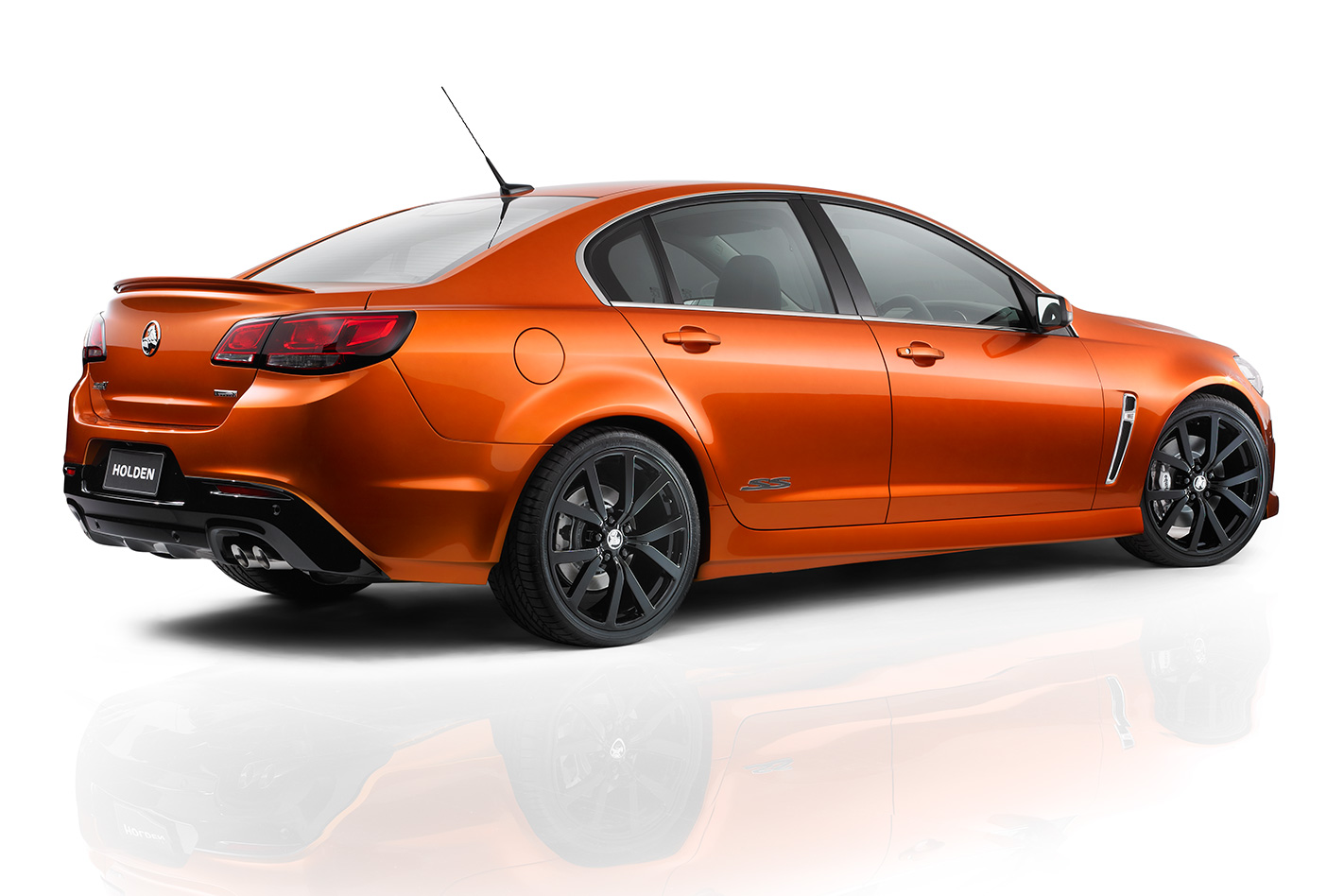
Holden, however, is after the far more profitable private buyers, firstly by highlighting the many SS variants’ role as a sports sedan with stand-alone front-end styling developed for the Federalised-version for the Chevrolet SS, with Chevy’s trademark upper and lower ‘dual-port’ grilles. The need for greater front-end crash protection makes for a more upright, bluff front, increased overhang and an entirely different grille treatment.
The two-tiered Calais range seeks to compete with European and Asian rivals as a premium luxury sedan. In both, the major facelift is overshadowed by a quantum leap in every aspect of the interior: design, materials, quality and equipment.

“Management asked us, ‘Do you need to change the centre of the car?’” says Richard Ferlazzo, Holden chief designer. “We could have put more detail into the doors and changed the DLO [designer speak for daylight opening: the profile of the side windows], but would that really benefit the customer?” The frustrated designers accepted the inevitable. Sadly, I doubt we’ll ever see the ‘real’ VF.
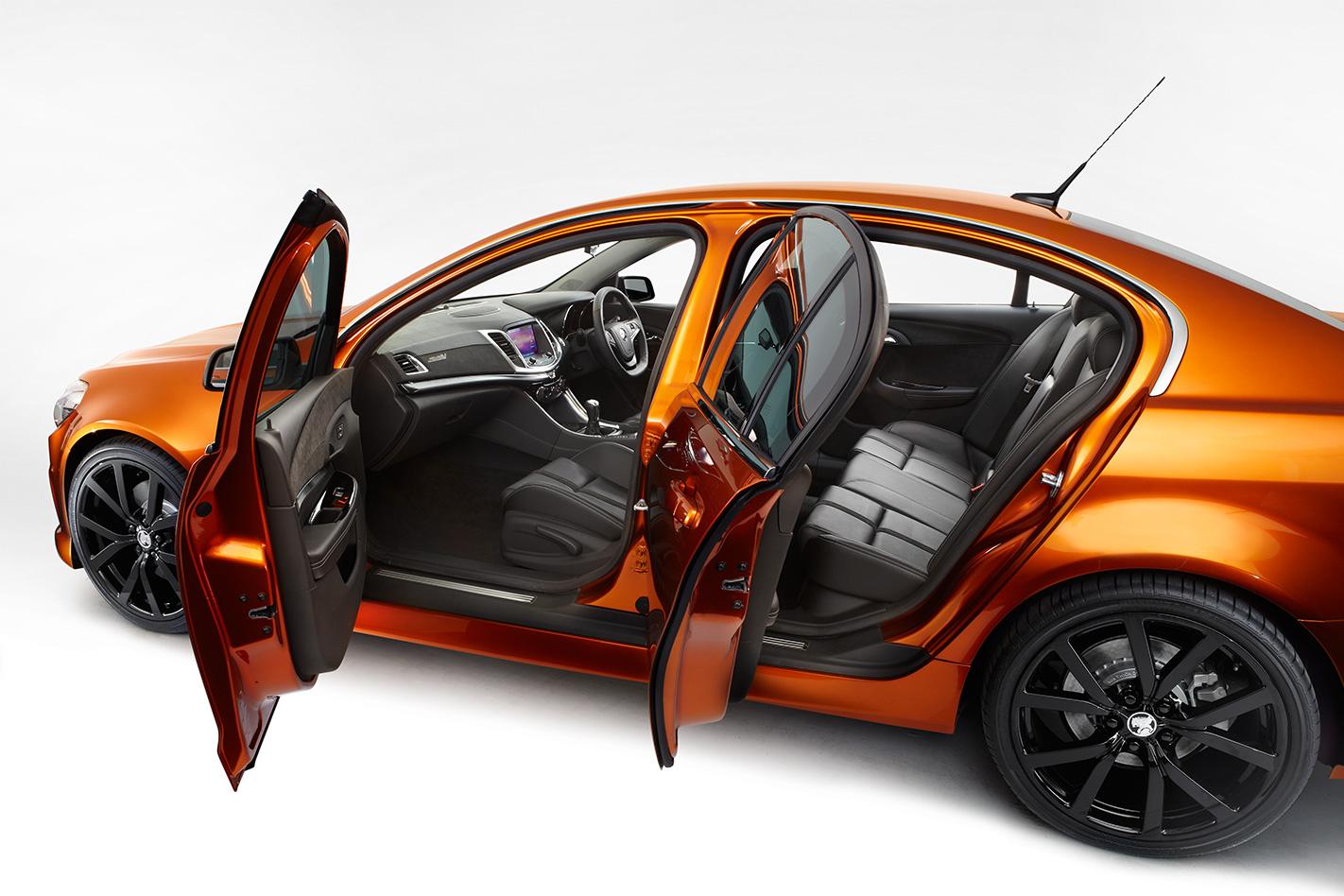
The constraints mean VF is new from the windscreen pillars forward, while the rear is new from the C-pillar backwards. Doors (with new doorhandles), roof and all glass areas are carryover, as is, obviously, the wheelbase, but both the cars are longer; the Calais at 4952mm is up 51mm, while the SS V’s 4966mm is an increase of 70mm. Front and rear, the secondary inner body surfaces and basic structure are common to VE. To reduce weight, the bonnet and bootlid are now aluminium: we understand that VF will claim a circa-40kg weight reduction over VE.
Using VE as a starting point helped, of course, because of the car’s simplicity, its timeless design, the purity of the much admired rear-drive proportions and those dramatic wheelarches. That suggests it was easy to make change that would instantly distinguish VF from VE, but not necessarily to make it a better-looking car.

“We’ve kept the proportions and changed the volumes. We’ve played with the front and rear overhangs and pulled the front wheel centres out to the corners. Playing with the plan view of the car, you can see we’ve given the car more taper by extending the centre of the front, especially on the SS, so that the centre of the front is much further forward than the corners.”
By toning down Mike Simcoe’s exaggerated, muscular front wheelarches by five millimetres per side and blending them further up into the body sides and the raised bonnet, they are no longer as prominent. However, retaining the tracks means the wheels/tyres push the gap between wheelarch/body sides and tyre closer. These changes, together with filling out the body section at the base of the wheelarches, have helped reduce the base-level VF’s drag co-efficient to 0.309, a significant improvement over the equivalent VE’s 0.330. Wind-tunnel development is also responsible for the squared-off corners of the tail-lights to improve surface separation of the wind flow.
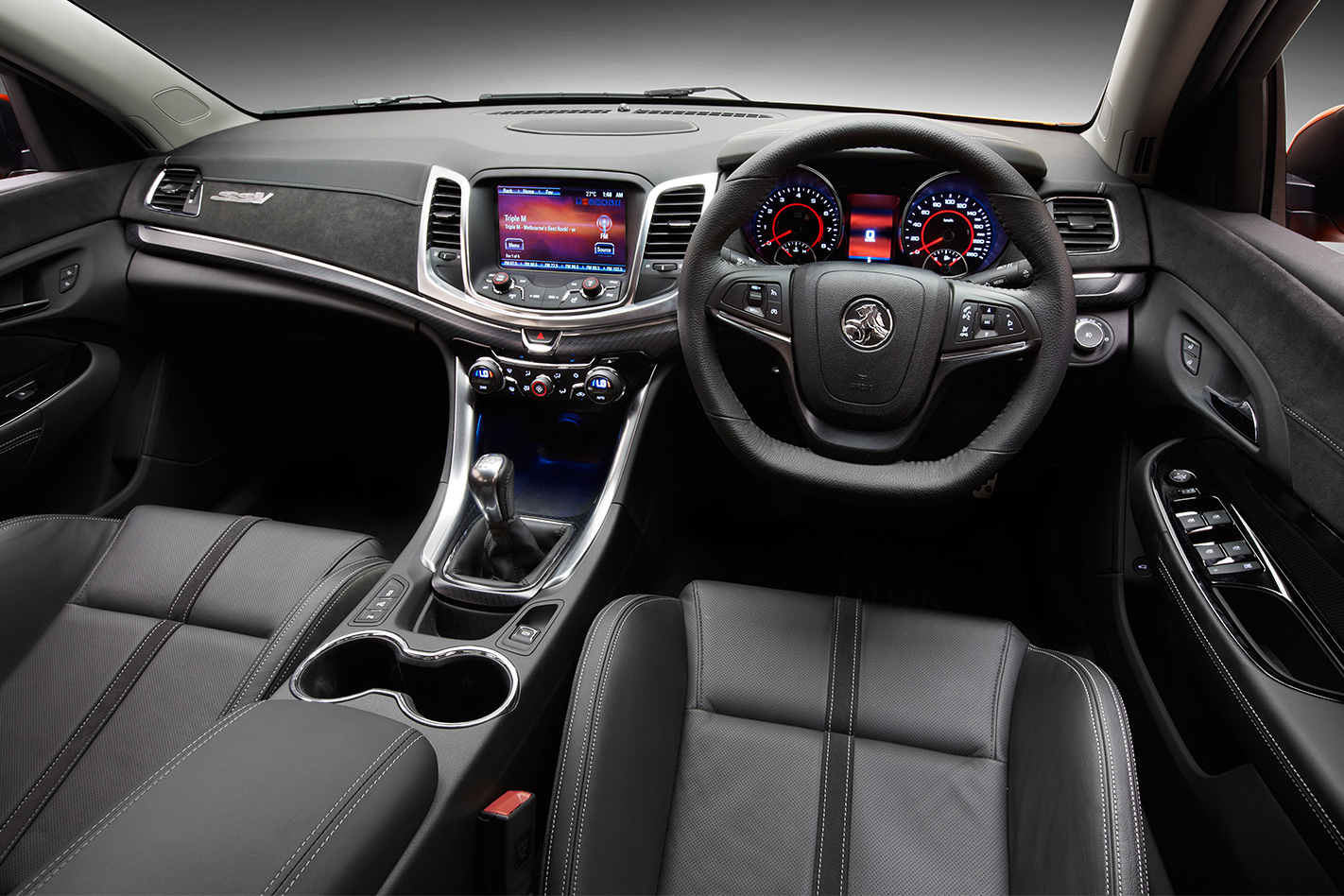
the Malibu and LaCrosse, played a key role in styling the SS V. While Peter Hughes, whose original, late-1999 sketch formed the basis for the VE, was responsible for the Calais.
“Once you see some of the other vehicles that will come into our portfolio, you’ll better understand, especially, the sedan’s three-quarter rear view,” says Smith.
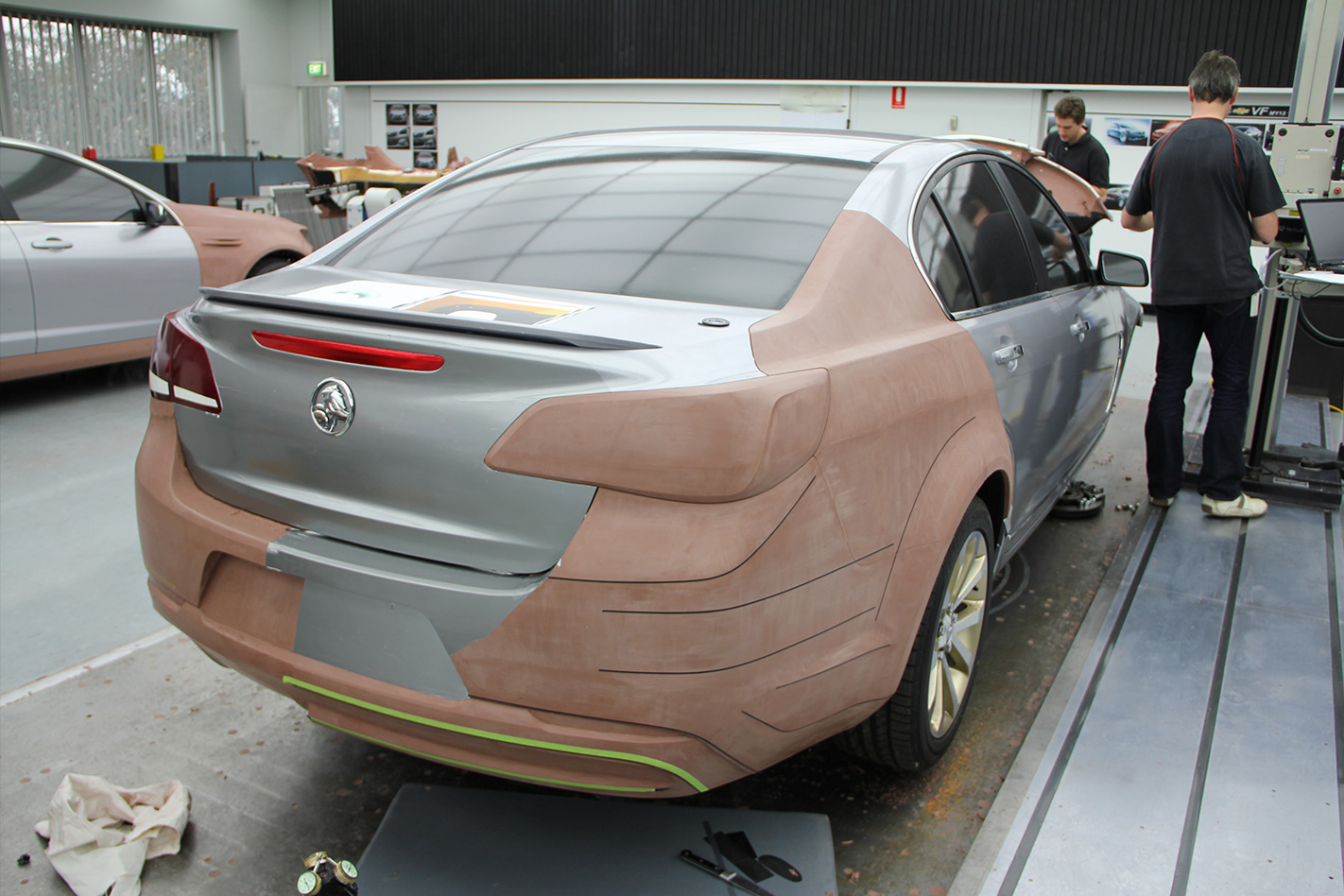
Wheels has yet to see the VF on the road – only then can you make a real judgement – but based on a design studio viewing of Calais V and SS V, we know the new Commodore looks more expensive, more premium, with an added touch of sportiness. This has been achieved at the expense of the VE’s purity and individuality. Still, both remain handsome and appealing. And reassuringly iconic.

